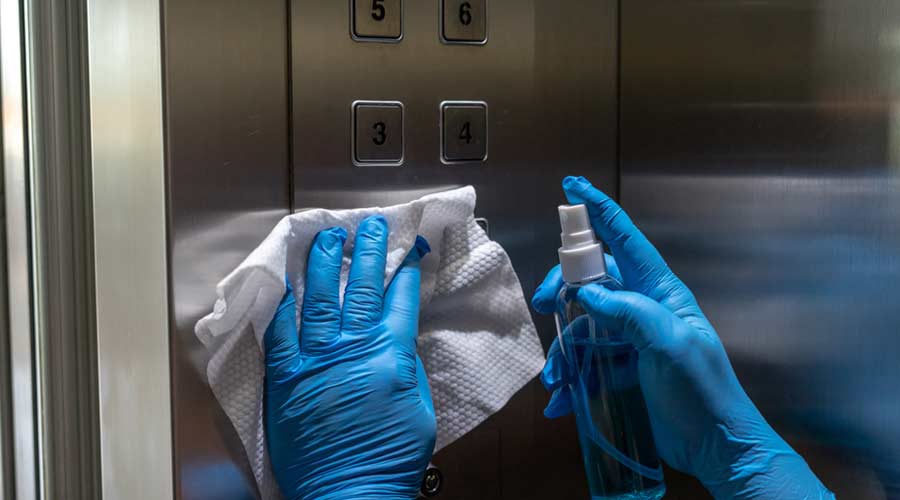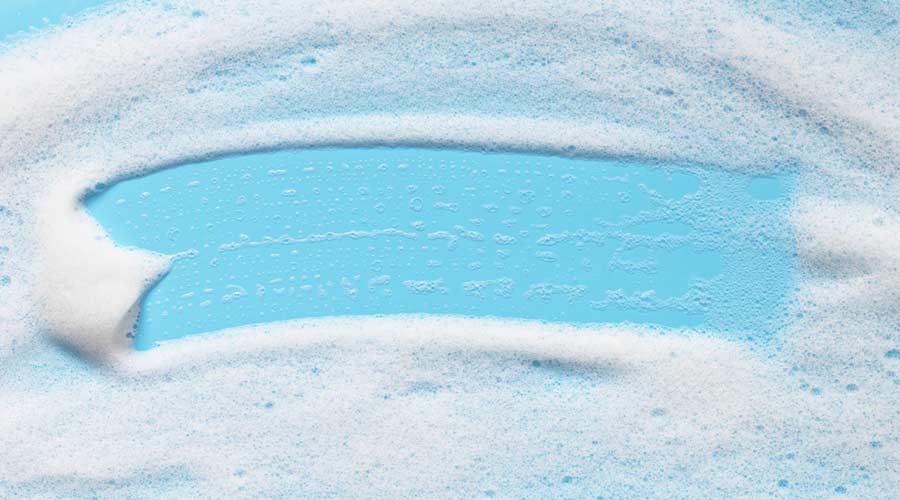
Improving indoor air quality is a top concern in many commercial buildings. But before addressing the air itself, distributors should direct customers’ attention to what lies underfoot. Floors — and the maintenance thereof — have a direct bearing on the quality of the air people breathe inside a facility.
Thanks to gravity, pollutants such as particulates, dust and other allergens tend to settle on floors, only to become airborne again in the wake of foot traffic.
“Every time you walk across the floor there is air movement,” explains Dave Thompson, director of the Academy of Cleaning Excellence in Orlando, Florida. “As you walk, you’re stirring up whatever is on that floor and making it airborne. Then it settles back onto surfaces, and we dust those, so we keep stirring it up.”
To break this cycle, customers need to understand the connection between floor care and indoor air quality — and distributors can help to bridge that gap. Not only can they educate customers, but they can offer solutions that maintain original floor aesthetics while contributing to a healthier building environment.
Why Wetter is Better
When it comes to cleaning and disinfecting high-touch surfaces, facilities experts and distributors alike are well versed in practices that help mitigate the risk of airborne contaminants.
“The days of just spraying chemicals onto surfaces are over,” says David Fritter, vice president of facility operations at The Supply Room in Ashland, Virginia. “Now, the proper way to clean glass is to spray or saturate your microfiber cloth with glass cleaner and apply it to the glass rather than spraying the glass and wiping it off.”
As Fritter points out, “wet cleaning” helps to contain dirt, dust and chemicals, preventing them from becoming airborne — whether frontline workers are wiping down a desk or dust mopping a floor.
“Before doing any floor work, dust mopping is always the first step,” he says. “Train end users to pick up any solids that may be on the floor so that they aren’t exacerbated with floor equipment to the point that they become airborne.”
Like Fritter, Thompson advocates using a damp microfiber mop rather than a dry one.
“If you dry-dust, users are just moving dust around. Instead, use something damp to keep the dust down,” he says. “Microfiber will collect the dust with the water.”
Microfiber mops are purported to pick up 85 to 90 percent of dust, dirt and particulates, according to Mitchell Kemner, sales manager at All Type Vacuum & Janitorial Supply in St. Louis. As such, they fare better than cotton-loop dust mops, which will pick up about 70 percent of debris.
Rethinking Chemicals
When discussing floor cleaning products, distributors should recommend steering customers towards more environmentally friendly cleaners, including those with low VOCs (volatile organic compounds) that minimize harmful emissions. Opting for third party-certified Green Seal or EcoLogo products ensures customers are using floor chemicals that are safer for custodians and building occupants as well as the environment.
Whether it’s a certified or low VOC product or not, Kemner is a firm believer in using the least amount of floor chemicals possible to get the job done.
“In our industry, some salespeople look at an autoscrubber or a carpet extractor as a detergent dispensing machine, and that’s the wrong attitude to have,” he says.
Kemner services a number of school districts that prioritize indoor air quality. In some of these schools, custodians will scrub hallways with a neutral cleaner and then switch to water for the fourth or fifth cleaning. Others scrub with water and then use a neutral cleaner once a month.
“A lot of customers are trying a water-based program to keep dust down — and the water helps to dwell and agitate the impacted soil as well,” he says.
Distributors can also recommend using pH-neutral floor cleaners because they are safe and gentle for floors as well as the people cleaning them.
“Water is still the universal cleaning agent,” says Thompson, “but chemicals help to suspend the soil in the water. So, will they help? Yes. Are they necessary? No.”
Lean on Cleaning Machines for an IAQ Boost

 The Down and Dirty on Cleaning in Virus Season
The Down and Dirty on Cleaning in Virus Season How Surfactant Use is Expanding in Commercial Cleaning
How Surfactant Use is Expanding in Commercial Cleaning